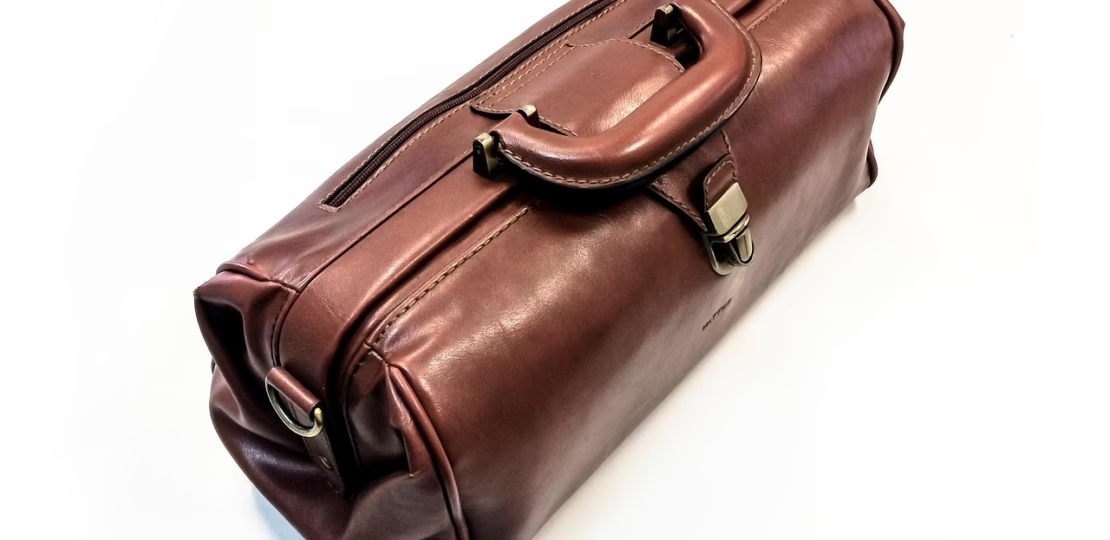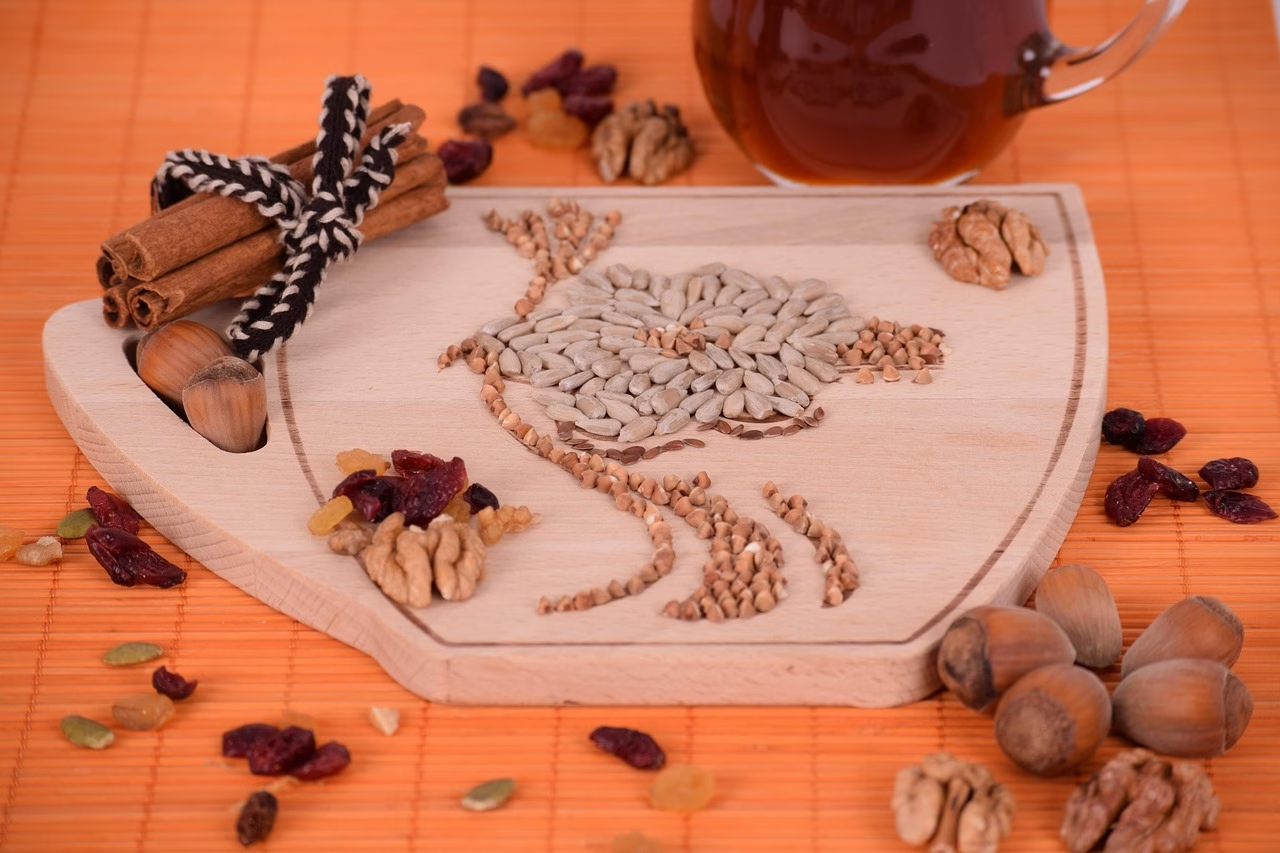“Cold Plunge Therapy: Revitalizing with the Power of Cold”
June 15, 2025 | by Rachel Bloom

Cold Plunge Therapy: Revitalizing with the Power of Cold
There is a certain paradox in healing—sometimes, what feels most uncomfortable at first becomes our deepest source of renewal. Cold plunge therapy, or deliberate cold water immersion, has swept through modern wellness circles as both a challenging ritual and a powerful tool for restoration. As someone who has spent years researching bodily resilience and holistic health, I’ve come to respect the remarkable ways in which cold can ignite warmth and vitality within us.
The Science Behind the Chill
Cold plunge therapy typically involves immersing the body in water at temperatures ranging from 39°F to 59°F (4°C to 15°C) for short durations—usually between 2 to 5 minutes. On the surface, it may seem punishing, but science tells a different, more nurturing story. The exposure to cold triggers a profound response from your autonomic nervous system, engaging mechanisms that boost recovery, resilience, and even mental clarity.
- Vasoconstriction & Vasodilation: The sudden chill causes blood vessels to constrict, momentarily redirecting blood to the core where vital organs reside. Upon exiting the cold, these vessels rapidly dilate, encouraging healthy circulation and flushing out metabolic waste.
- Reduced Inflammation: Cold immersion has demonstrated remarkable benefits in reducing inflammation. Athletes have relied on ice baths for decades to speed up muscle recovery, but research now supports modest cold exposure for everyday aches and chronic pain.
- Mental Health Uplift: Perhaps most striking is the psychological shift. Cold exposure triggers a release of norepinephrine and endorphins—our natural mood enhancers—which can stave off the heaviness of stress, anxiety, and fatigue.
The Ritual: A Personal Journey Inward
My own introduction to cold therapy was hesitant—and frankly, uncomfortable. But with each visit to the water, something changed. I learned to breathe deeper, root myself in the present, and witness a serenity bloom from within the discomfort. There’s a gentle, almost meditative quality to those moments. To stand, braced by icy water, is to be wholly alive and vibrantly aware.
What I now know from both research and lived experience is that cold plunges are not just about the thrill or a test of will. They’re about learning the language of your own resilience, breaking cycles of chronic inflammation, and returning to your day with clearer focus and a more grounded body.
Gently Embracing the Cold
If you’re curious about cold plunge therapy, there is no need for drama or heroics. Even a brief shower with gradually lowering temperatures can spark similar adaptive benefits. The key is intentionality and tuning into your body’s feedback—honoring what serves you in the moment. Some gentle guidelines I recommend:
- Begin with short exposures—30 to 60 seconds—and listen for your body’s natural boundaries.
- Focus on slow, mindful breathing to ease the transition and engage your parasympathetic nervous system.
- Seek medical guidance if you have cardiovascular concerns or chronic illnesses; safety is self-respect.
- Consider this an act of self-care, not endurance—step out as soon as you feel uncomfortable.
Integrating Cold Therapy Into Modern Wellness
What excites me most about the resurgence of cold plunge therapy is how it bridges ancestral wisdom with contemporary science. Our ancestors regularly braved cold waters, trusting in nature’s cycles for fortitude. Today, we are rediscovering these truths—wrapped in the reassurance of new studies and a spirit of self-compassion.
In a world that often feels noisy and overwhelming, the embrace of cold can return us to a quiet resilience. Whether you plunge, dip, or simply splash your face with cold water, you are invited to reconnect with a more intuitive, grounded self. Remember: healing is never about perfection, but about honoring where you are, with gentle curiosity and patience.

RELATED POSTS
View all



